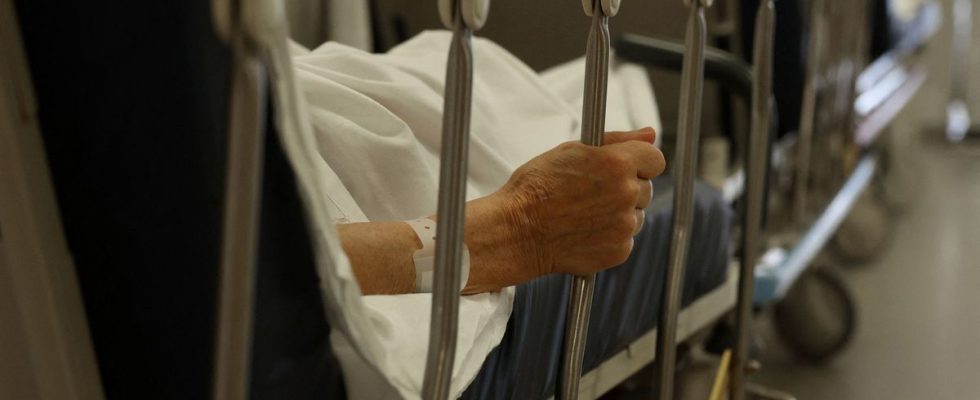Published on
Updated
Reading 2 min.
For a patient over 75 years old, spending a night on a stretcher in the emergency room “increases the risk of hospital mortality by almost 40%”, according to a study published by several teams from AP-HP, Inserm, and from the universities of Sorbonne and Rouen Normandy.
When an elderly patient spends the night on a stretcher, the risk of him dying in hospital increases from 11.1% to 15.7%, according to this study called “No bed Night”, carried out from December 12 to 14, 2022 in 97 emergency reception services in France, including 1,598 patients over 75 years old. The study was published in the journal Jama Internal Medicine.
“Not hospitalizing a patient is like refusing them treatment”
Among patients with a limited level of autonomy and requiring daily assistance, this night “increases the risk of mortality by almost twice“, specifies a press release from the AP-HP (Public Assistance – Paris Hospitals).
“These are things that were suggested, anticipated, but today we have demonstrated that there is a real association. Not hospitalizing a patient is like not giving a medication that would have a very beneficial effect, or refusing treatment.“, commented to AFP Professor Yonathan Freund, one of the two emergency doctors who coordinated the study.
The study also shows a higher risk of complications: “more falls, more nosocomial infections or bedsores for example“.”If all the patients in this study had been able to be hospitalized before nightfall, 3% of deaths would have been avoided.“, he noted.
Several factors explain these differences
According to Professor Freund, the statistical model used takes into account the comorbidities, age and initial severity of patients and thus makes it possible to “compare two exactly equivalent patients“.
The factors that can explain this excess mortality, “this is for example not sleeping, not having sufficient follow-up because the service is overloaded, or not always having treatment on time“, he explained.
“The objective of “zero stretcher beds” in emergency rooms is a public health objective”
In December 2022, when the study took place, emergency services were experiencing “a considerable increase in the number of patients requiring emergency hospitalization“due in particular to a”triple concurrent epidemic: COVID-19, influenza, and respiratory syncytial virus (RSV)“, recalls the AP-HP. The situation was “aggravated by a reduction in the number of beds available downstream due to a shortage of staff”.
“Action must be taken“, concludes the AP-HP, and “the objective of +zero stretcher beds+ in emergency rooms, in particular for patients over 75 years old, must be considered as a public health objective“.
